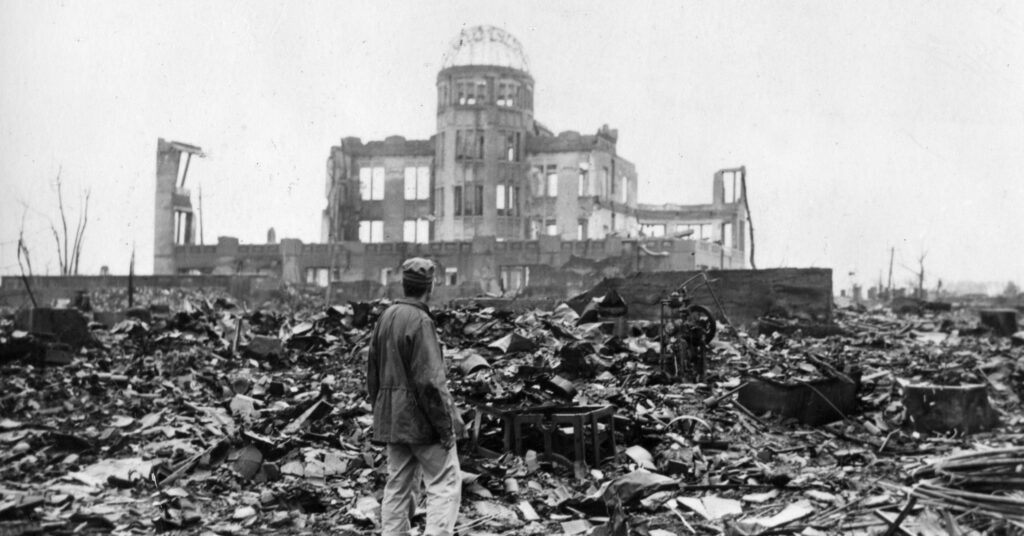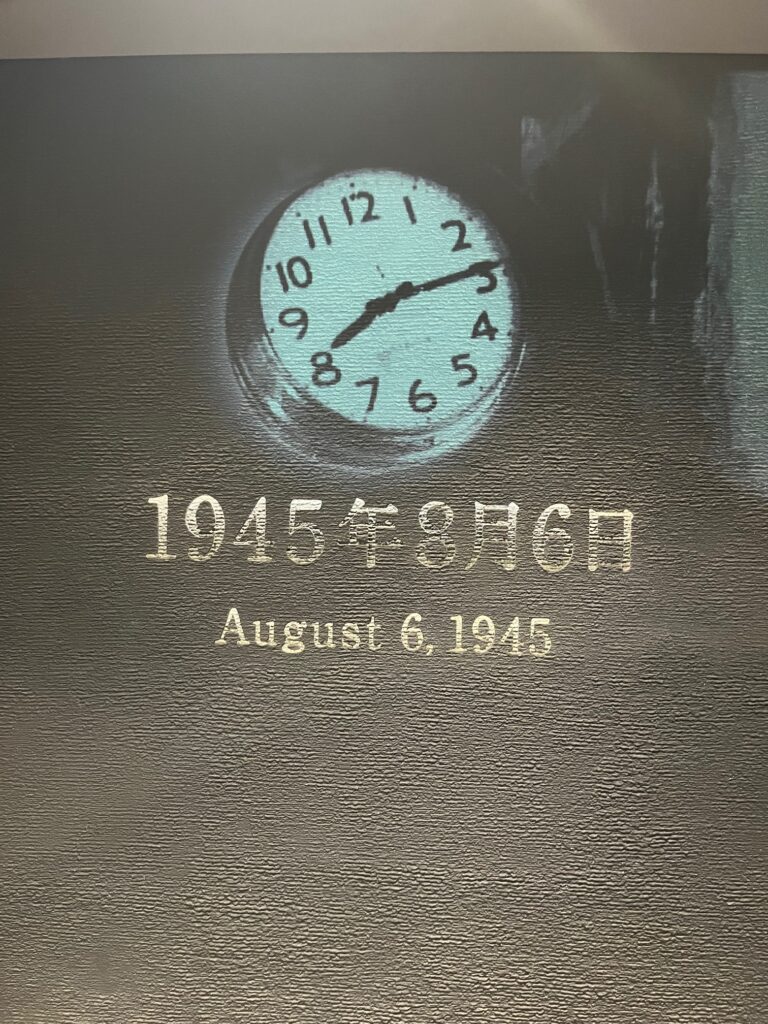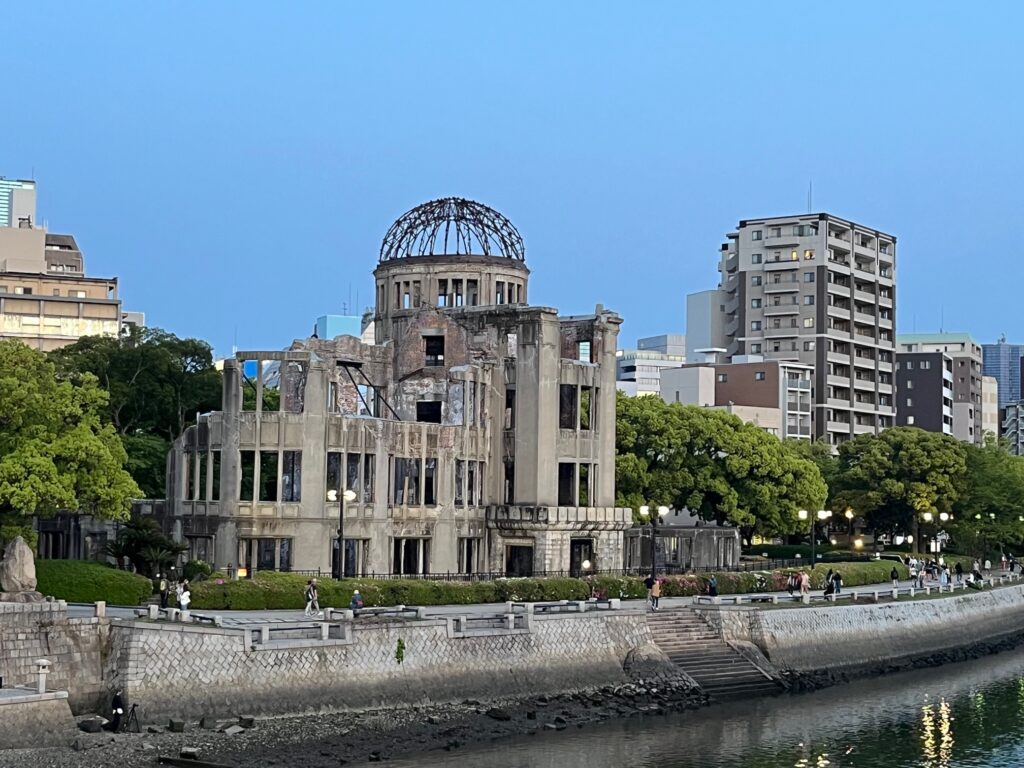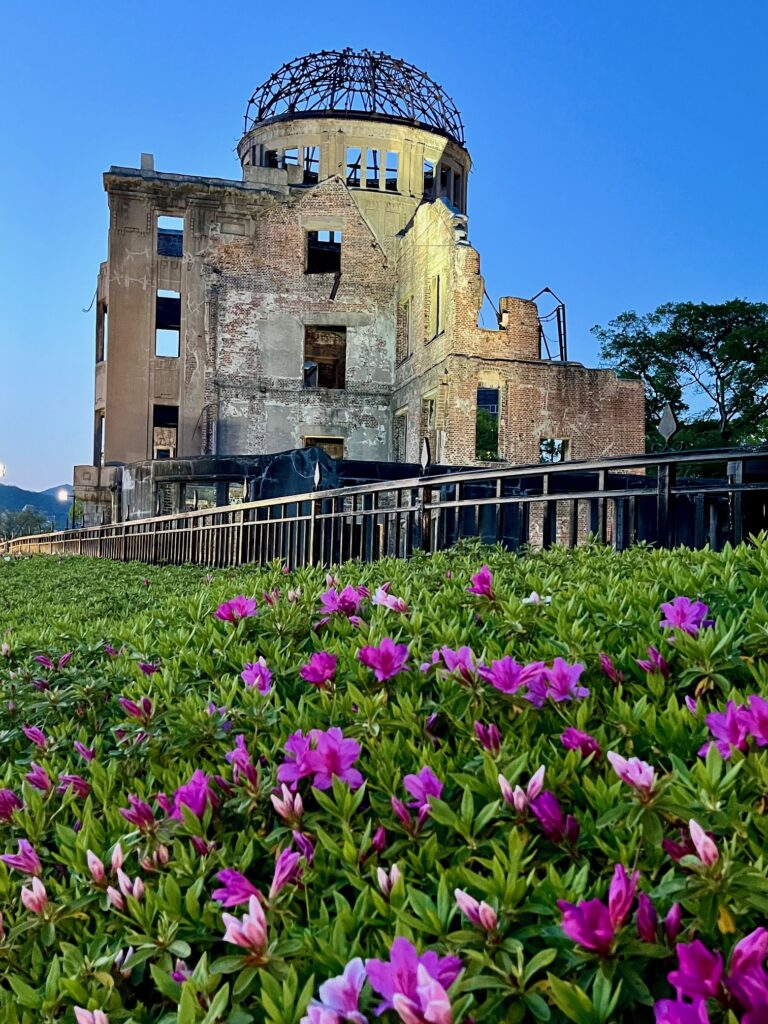
Hiroshima: A Story the World Must Not Forget
Visiting Hiroshima will be unlike any other travel experience on our trip. It’s not just about seeing a place—it’s about feeling it. This city, forever marked by the events of August 6, 1945, has turned unimaginable tragedy into a powerful message of peace.
Our day began at Hiroshima Peace Memorial Park, a beautiful, solemn space built to honor the victims of the atomic bombing and to advocate for a nuclear-free world. It’s quiet, contemplative, and deeply moving—every path, monument, and shadow seems to carry a story.
Inside the Hiroshima Peace Memorial Museum
Walking through the Peace Memorial Museum is an emotional journey. The exhibits are laid out balancing historical context with deeply personal human stories. The first section offers a timeline of events leading up to the bombing, helping visitors understand the political and military backdrop of World War II. But it’s the second half of the museum—the part that focuses on individual stories, charred clothing, melted objects, and photographs—that truly hits home. It’s not easy to take in. There are images and artifacts that are heartbreaking, sobering, and impossible to forget.
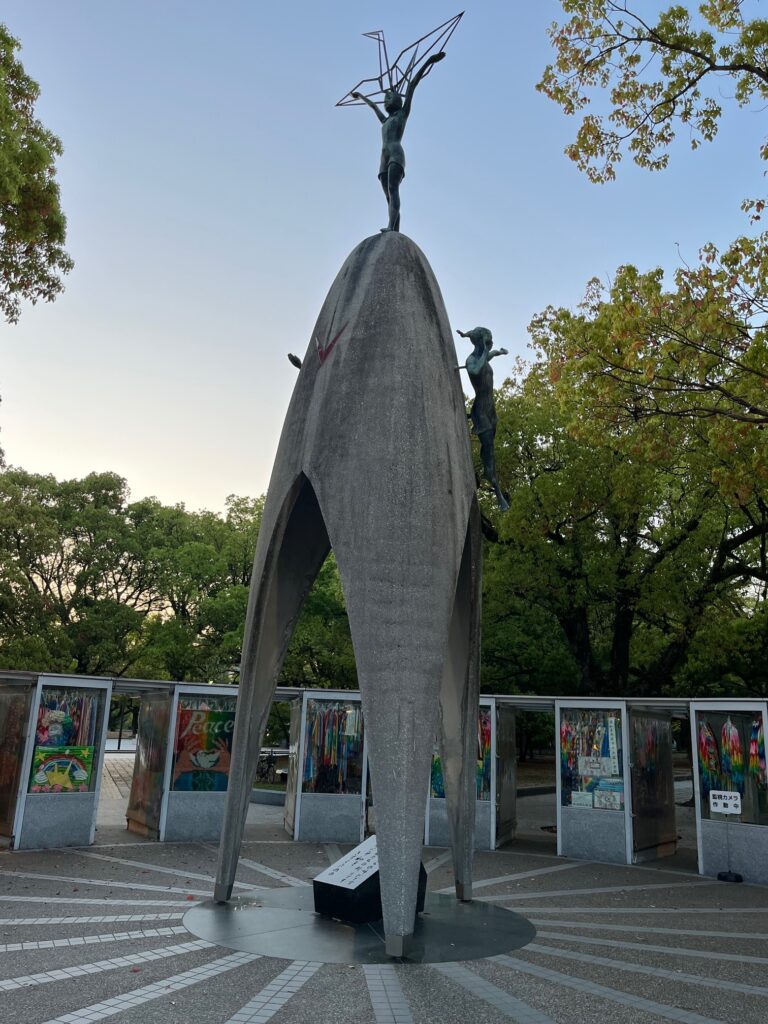
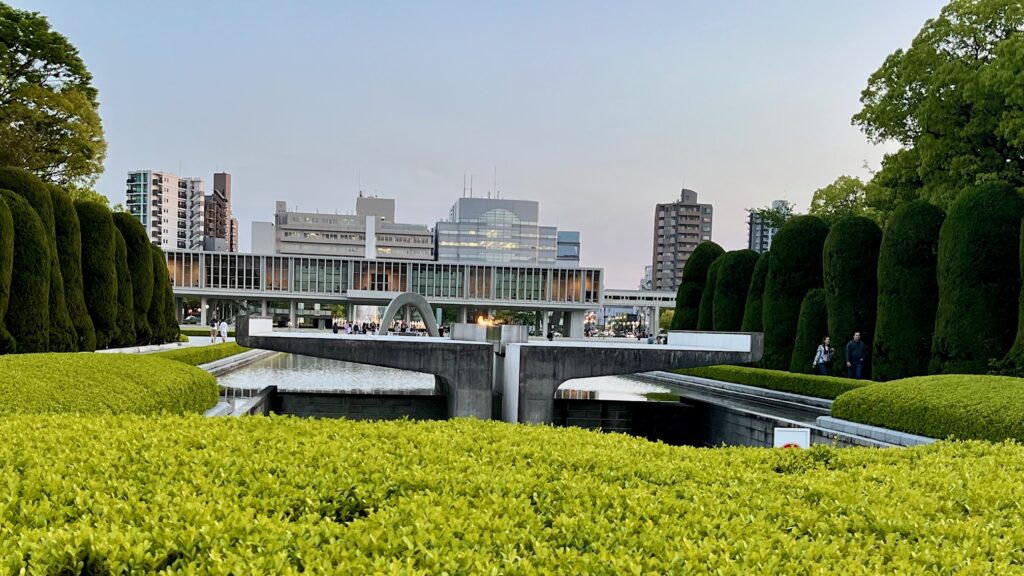
The Lingering Shadows: Black Rain and the Human Toll
One the most haunting elements of the Hiroshima bombing wasn’t just the initial blast—it was what came after.
The personal stories told about the hours following the explosion, a dark, oily substance known as “black rain” began to fall over the city. This rain was the result of radioactive particles, soot, and dust being sucked high into the atmosphere by the mushroom cloud, then returning to the ground mixed with moisture. For many survivors who thought they had escaped the worst, this rain exposed them to dangerously high levels of radiation, causing long-term health effects including cancer, radiation sickness, and genetic damage.
As for the human cost—it’s staggering. By the end of 1945, it’s estimated that around 140,000 people had died as a result of the bombing. This number includes those who perished instantly, and many who succumbed to injuries, burns, and radiation-related illnesses in the days and months that followed. The exact number of victims can never truly be known. Thousands were vaporized instantly. Records were destroyed, and entire families—entire neighborhoods—were wiped from the map.
The Unseen Heroes: First Responders Who Paid the Ultimate Price
In the chaotic aftermath of the atomic bombing, rescue workers, doctors, nurses, and volunteers rushed into the devastated heart of Hiroshima, desperate to save lives. Buildings were burning, survivors were trapped under rubble, and thousands lay injured in the open, many of them silently suffering from what would later be known as radiation sickness.
At the time, no one understood the effects of radiation exposure. The rescuers had no protective gear, no knowledge of what they were stepping into—only a powerful sense of duty and compassion. Many of them sacrificed their lives in the days and weeks that followed. They worked tirelessly, often developing unexplained symptoms themselves: nausea, hair loss, fatigue, and in many cases, death. These heroes—many unnamed and unrecognized—are remembered for their extraordinary bravery in the face of the unknown.
Carrying the Message of Peace Forward
One of the most impactful parts of our visit was joining a presentation with a local volunteer—an older woman whose parents had lived through the bombing. She shared stories that weren’t in the guidebooks, the kind passed down over dinner tables about a 10 year old girl and her personal story of August 6th and the days following.
Hiroshima is not an easy visit—but it is a necessary one. It’s a place that challenges you, humbles you, and stays with you long after you leave. We left with heavy hearts, but also with hope in the resilience of humanity. Hope in the strength of remembrance. And hope that by sharing these stories—like our guide’s—we help keep the message alive.
“This is not just Japan’s story. This is a story for all of us
